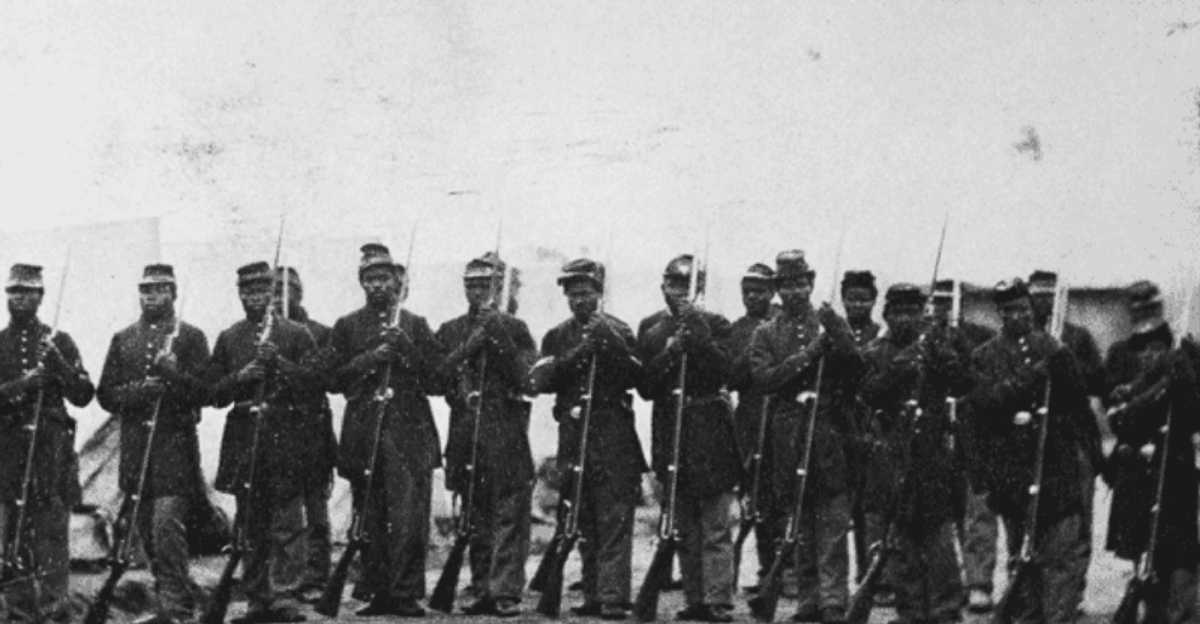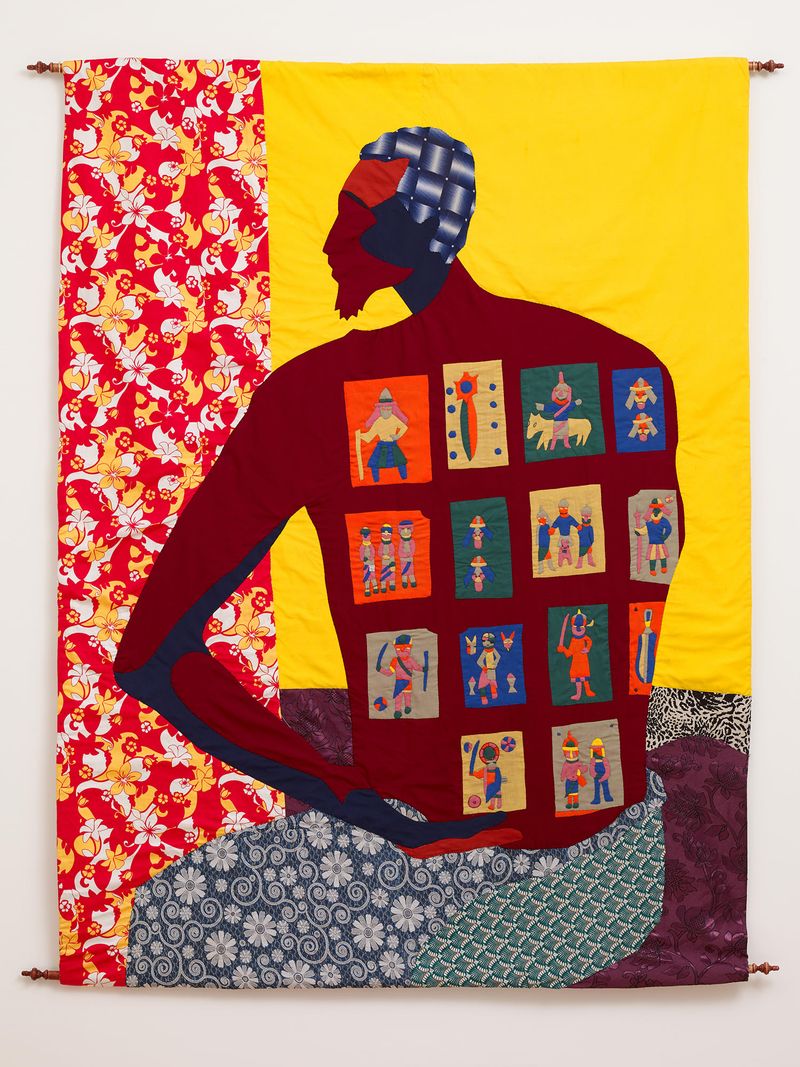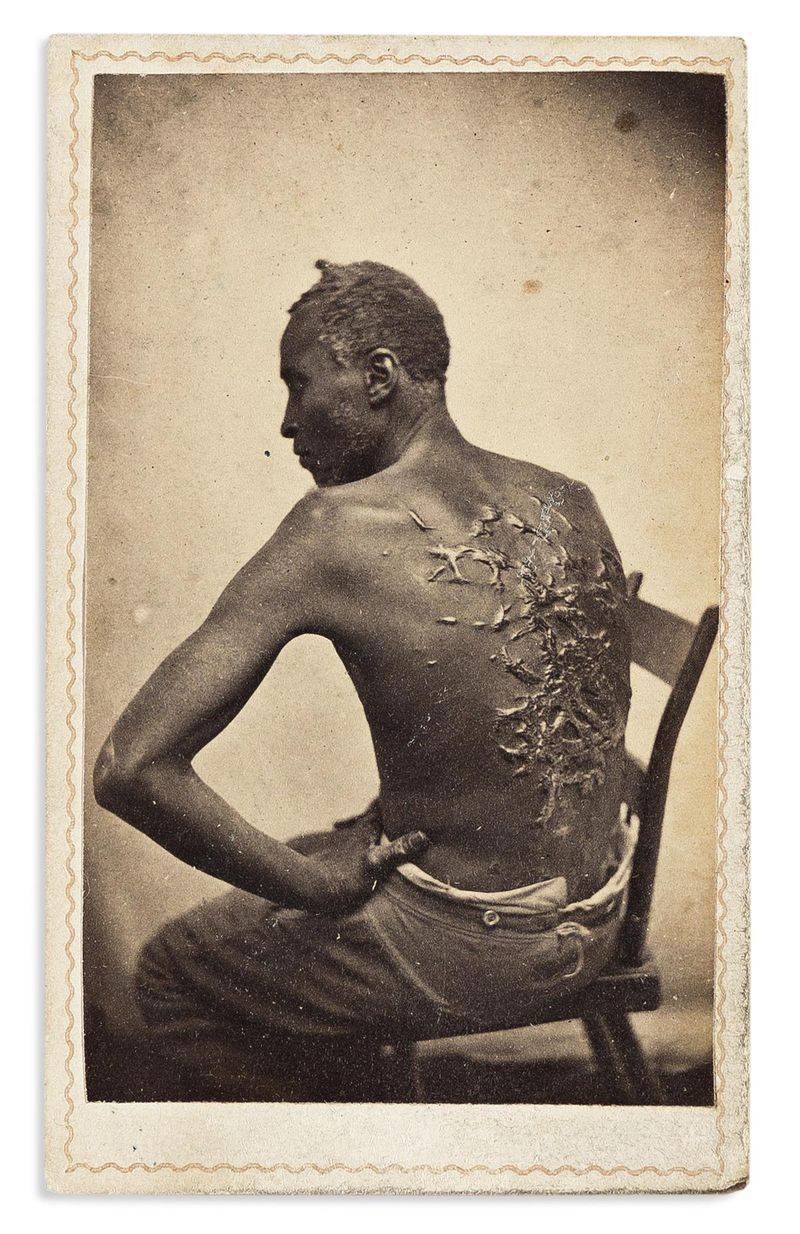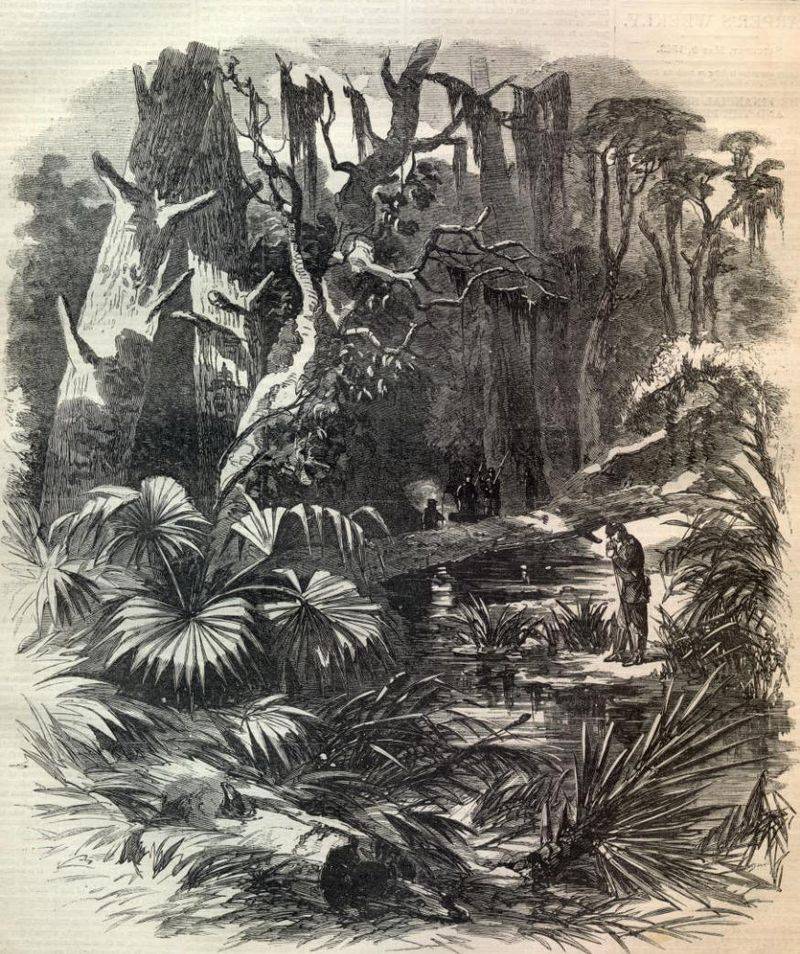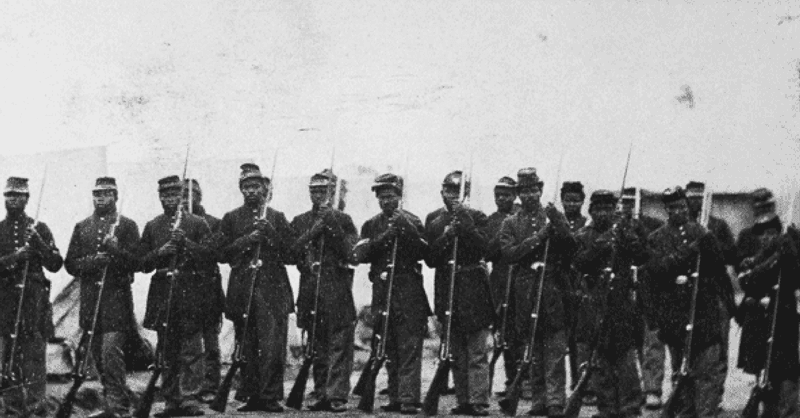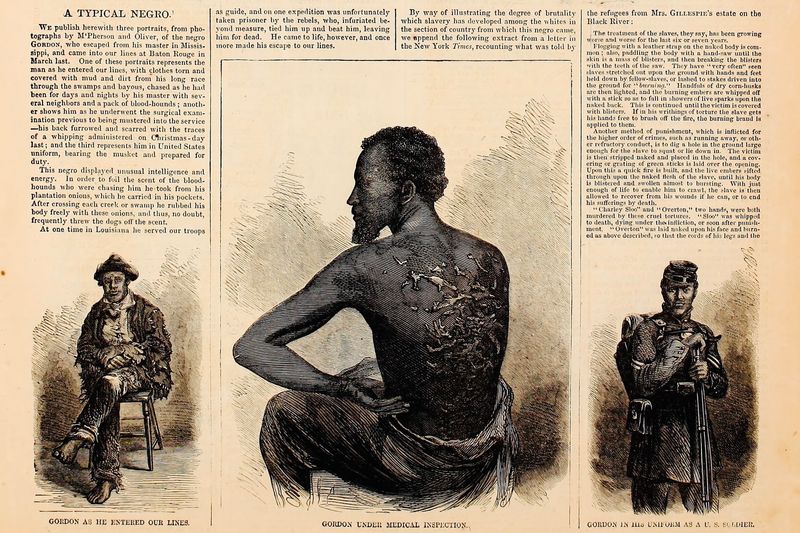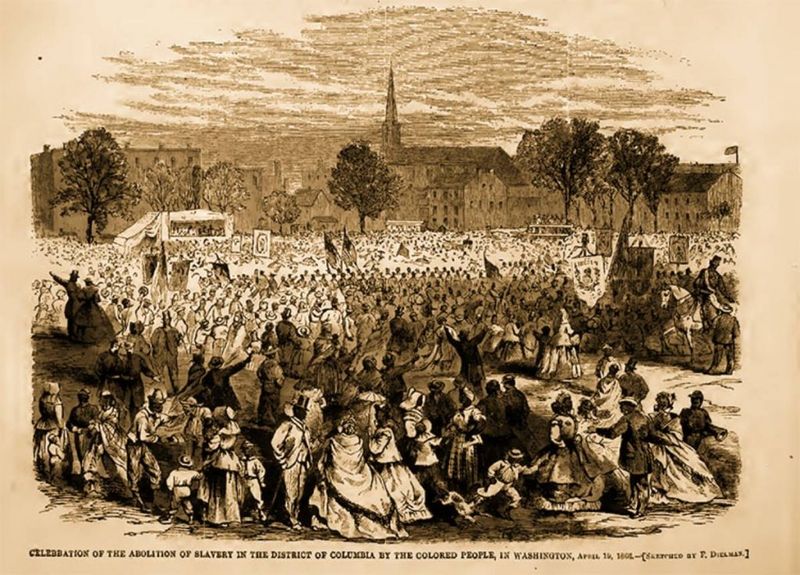In the midst of America’s bloody Civil War, one man’s scarred back told a story that shocked the nation. Gordon, an escaped slave from Louisiana, became an unexpected symbol in the fight against slavery. His photograph, showing terrible whipping scars, opened Northern eyes to slavery’s brutal reality and helped change public opinion during a pivotal moment in American history.
1. Identity & Aliases
Known primarily as Gordon, this resilient man carried several names throughout history. Records also refer to him as “Peter,” “Whipped Peter,” or “Poor Peter,” creating some confusion about his true identity.
Little documentation exists about his early life under enslavement. Like many enslaved people, his personal history before escaping bondage remains largely unknown, with his existence primarily recorded through the lens of white observers.
What we do know comes mainly from his brief but significant appearance in Union military records and abolitionist publications that shared his story as part of their campaign against slavery.
2. Whip-Scar Photograph
Photographers William D. McPherson and Oliver captured a haunting image that would shake America’s conscience. Their stark photograph showed Gordon’s bare back covered with raised welts and thick scar tissue—physical evidence of repeated brutal whippings.
The medical examination took place in Baton Rouge as Gordon prepared to join Union forces. Doctors documented these wounds as proof of slavery’s barbaric nature.
This wasn’t just any picture—it became one of the first widely circulated photographic images of slavery’s physical brutality, making abstract cruelty suddenly visible and undeniable to Northern audiences.
3. Daring Escape
Gordon’s path to freedom required extraordinary courage and determination. In early 1863, he fled his master’s plantation, embarking on a perilous 80-mile journey through Louisiana’s treacherous bayou country.
Slave catchers with bloodhounds pursued him relentlessly. Gordon cleverly rubbed onions on his body to throw off the dogs’ scent—a survival tactic that saved his life when the hounds lost his trail.
For ten days, he navigated swamps and wilderness, surviving on berries and whatever food he could find. His eventual arrival at Union lines in Baton Rouge marked not just his freedom but his rebirth as a man with rights.
4. Union Service
Freedom for Gordon meant more than escape—it opened the door to fight against the very system that had oppressed him. President Lincoln’s Emancipation Proclamation created a historic opportunity for formerly enslaved men to join Union forces.
Gordon eagerly enlisted, becoming one of the first Black recruits in the Union Army. His intimate knowledge of Louisiana’s geography made him particularly valuable as both soldier and guide for military operations.
His transformation from property to patriot represented a profound shift in American society. The same man who had been whipped as a slave now wore a uniform representing the nation that was finally acknowledging his humanity.
5. Harper’s Weekly Publication
America’s Independence Day in 1863 brought Gordon’s story to thousands of Northern homes. Harper’s Weekly, the nation’s most popular illustrated newspaper, dedicated significant space to three woodcut illustrations showing different stages of Gordon’s journey.
The headline “A Typical Negro” accompanied images of his arrival at Union lines, his medical examination revealing scars, and his proud stance in military uniform. This visual narrative transformed Gordon from nameless victim to individual with a powerful story.
The timing was strategic—published just after the Emancipation Proclamation and as the Union struggled to recruit Black soldiers, Gordon became both evidence and inspiration.
6. Abolitionist Impact
Gordon’s scars spoke volumes in the heated national debate over slavery.
Many Northerners who had remained ambivalent about slavery found their position challenged by this undeniable documentation of cruelty.
Recruitment officers reported a surge in Black enlistment after the photograph circulated. Gordon’s back became a silent testimony that motivated action, pushing many fence-sitters to support both abolition and the Union cause with renewed conviction.
7. Enduring Legacy
What happened to Gordon after his brief moment in the national spotlight remains largely unknown. Historical records fall silent about his post-war life, leaving questions about whether he survived the conflict or what freedom ultimately meant for him.
Despite this personal obscurity, Gordon’s image has achieved immortality. The photograph of his scarred back appears in countless history textbooks, museums, and documentaries as visceral evidence of slavery’s brutality.
Modern historians consider this image among the most important photographs of the 19th century—a visual document that continues to educate generations about America’s painful past and the human capacity for both cruelty and resilience.
